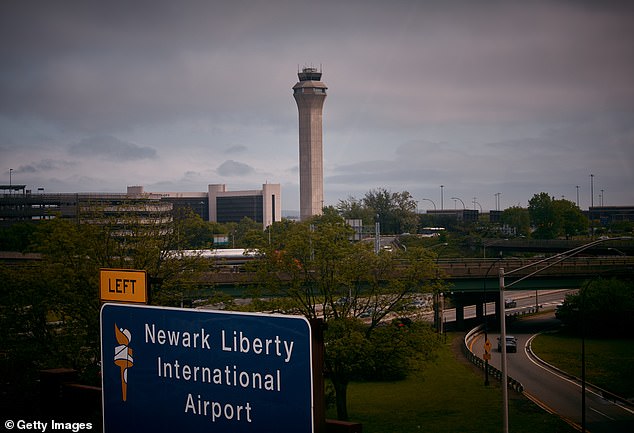
Near-Miss Disasters Highlight Urgent Crisis in U.S. Air Traffic Control
[Image: Air traffic controllers at Newark Liberty International Airport during a communication blackout.]
For 90 tense seconds on Friday, air traffic controllers at Philadelphia’s Terminal Radar Approach Control (TRACON) lost communication with planes approaching Newark Liberty International Airport, one of the world’s busiest hubs. Recordings reveal a panicked controller urging a FedEx pilot to alert their airline about ongoing tech failures, while another instructed a private jet to maintain altitude in case systems failed again. This followed a similar 30-second blackout on April 28, where a pilot repeatedly called, “Approach, are you there?” to no response.
Controllers, already stretched thin, have taken 45-day “trauma leaves” to cope with the stress. The incidents underscore a dire reality: aging technology and severe staffing shortages are pushing the U.S. air traffic control system to its limits.
A System on the Brink
[Image: A radar screen going dark during the Philadelphia TRACON outage.]
The Federal Aviation Administration (FAA) relies on equipment decades old, including Windows 95-era computers and floppy disks. During the blackouts, controllers scrambled to coordinate with nearby facilities to guide planes safely—a testament to their skill but also a warning. “In our profession, a bad day means people may die,” said Todd Yeary, a former Chicago-area controller.
Staffing shortages exacerbate the crisis. The National Air Traffic Controllers Association (NATCA) reports 41% of controllers work 10-hour days, six days a week. The FAA needs 4,600 more controllers to meet demand—a gap rooted in history.
Reagan’s Legacy and a Aging Workforce
[Image: President Reagan addressing the 1981 PATCO strike.]
In 1981, President Reagan fired over 11,000 striking PATCO union controllers, including Yeary’s father, crippling the workforce. Today, mandatory retirement at 56 and a hiring age cutoff of 31 worsen attrition. Training delays during the pandemic deepened the deficit, with new hires barely offsetting retirees.
Near-Misses and a Call for Change
[Image: Wreckage from the January Black Hawk-American Airlines collision in Washington, D.C.]
The January mid-air collision between a Black Hawk helicopter and a commercial flight near Washington, D.C., killing 67, highlighted the stakes. Near-misses and runway incidents have surged, signaling eroding safety margins.
Transportation Secretary Sean Duffy recently announced a multi-billion-dollar plan to overhaul the system within four years, replacing radars, software, and control centers. “Years of neglect” forced some facilities to source replacement parts on eBay, Duffy admitted.
A Race Against Time
[Image: Outdated equipment in an air traffic control tower.]
While a proposed $12.5 billion funding boost offers hope, experts stress that without urgent action, disasters are inevitable. “If seasoned controllers aren’t there next time systems fail, tragedies won’t be averted,” Yeary warned.
The U.S. aviation system remains among the safest globally, but as technology ages and staffing dwindles, the margin for error shrinks. The clock is ticking to prevent the next crisis.
[Image: Controllers training at the FAA Academy in Oklahoma City.]
Word count: 598


